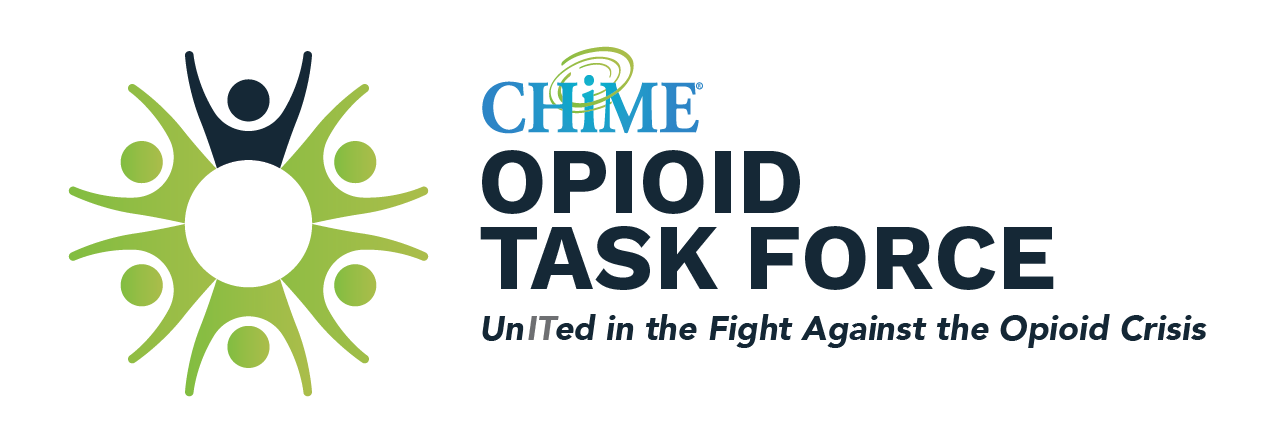Measuring Success
The outcome of physician education and change management for opioid management would be that healthcare providers would have substantial knowledge of the current best practices for pain management. They would begin a therapy regimen by first establishing treatment goals with all patients, including realistic goals for pain and function. Providers would prescribe non-opioids and non-pharmacologic alternative and adjuvant treatments as first line therapies and conduct regular reviews with patients of the effectiveness of the treatment plans. If opioid therapy is later identified as a need, providers would discuss the known risks and potential benefits of opioid therapy with their patients. The provider and patient would also consider how opioid therapy will be tapered and discontinued if its benefits do not continue to outweigh risks. Providers would begin by prescribing the lowest effective dosage of an immediate-release opioid and would avoid any extended-release formulations. Providers would conduct regular and regimented reviews of the effectiveness of the dose regimen and would monitor for adverse effects.
Key Takeaways
- Initiatives to improve opioid prescribing patterns must engage all providers. Expand access and awareness of non-opioid, opioid-sparing and non-pharmacological approaches.
- Do not develop a one-size-fits-all approach. Instead, a tailored approach based on patient type or archetypes and local needs should be utilized. This approach needs to consider differences in the types of patients being treated.
- Educate and engage physicians to use data to determine risk factors for abuse before prescribing and determine most effective care pathways and interventions to mitigate risk.
- Engage physicians to use patient-specific risk profile.
- Educate physicians on opioid use disorders.
- Determine what treatment programs are available and appropriate for each archetype. Effectively categorize patients stratified by risk and match them to the most effective treatment protocol.
- Educate providers on how to use their EHR, including using electronic prescribing for controlled substances, and equip providers with more information about the patients to whom they are prescribing pain medications.
- Use advanced analytics to define common patterns in your community and design local responses and engage local physicians. Demonstrate to providers their prescribing rate relative to their peers and how their pain management practices apply to specific episodes of care.
- Engage provider associations and state health agencies to develop and clarify guidelines and best practices.
- Explore local and community ways to educate providers and patients on appropriate disposal practices and prevent misuse.
Resources
- Healthcare professionals intentions and behaviours: A systematic review of studies based on social cognitive theories. Godin, G, Bélanger-Gravel, A, Eccles, M, Grimshaw, J. Implent Sci. 2008; 3.
The following industry-recognized and public organizations have helped to establish industry accepted guidelines and prescribing standards:
- Centers for Disease Control and Prevention (CDC) developed and published the CDC Guideline for Prescribing Opioids for Chronic Pain to provide recommendations for the prescribing of opioid pain medication for patients in primary care settings. Recommendations focus on:
- The use of opioids in treating chronic pain
- Treatment options (not including cancer, palliative care, and end-of-life care)
- Guidelines on when to initiate or continue opioids for chronic pain
- Opioid selection, dosage, duration, follow-up and discontinuation
- Assessing risk and addressing adverse impact of opioid use
- SAMHSA, TIP 63 MEDICATIONS FOR OPIOID USE DISORDER
- Medications for Opioid Use Disorder treatment
- Addressing Opioid Use Disorder in general medical settings
- Pharmacotherapy for Opioid Use Disorder
- AMA, Stem the Tide Addressing the Opioid Epidemic
- Clinician education on prescribing practices
- Non-opioid pain management
- Addressing stigma
- Patient, family and caregiver education
- Safeguarding against diversion
- Collaborating with communities
Listed here are examples of credible sources of reliable patient educational content:
- National Center of Biotechnology Information
- Turning the Tide: For Patients – a website with education material for patients by former U.S .Surgeon General Vivek Murthy, MD
- The S. Food and Drug Administration website provides information on opioids, a consumer’s Guide to Safe Use of Pain Medication, as well as a List of Questions patients should ask their provider. Safe disposal instructions can also be found on the website
- Lock Your Meds Campaign is an opioid safety campaign including educational focus on adult awareness prescription medications storage and safety.
- What Patients Should Ask Prescribers Before Taking Opioids is a good educational tool for Patients.
- The FDA has guidance on Disposal of Unused Medications including DEA-Authorized Take Back Programs, and how to dispose of medication.
Listed here are examples of credible sources of reliable patient educational content:
- National Center of Biotechnology Information
- Turning the Tide: For Patients – a website with education material for patients by former U.S .Surgeon General Vivek Murthy, MD
- The S. Food and Drug Administration website provides information on opioids, a consumer’s Guide to Safe Use of Pain Medication, as well as a List of Questions patients should ask their provider. Safe disposal instructions can also be found on the website
- Lock Your Meds Campaign is an opioid safety campaign including educational focus on adult awareness prescription medications storage and safety.
- What Patients Should Ask Prescribers Before Taking Opioids is a good educational tool for Patients.
- The FDA has guidance on Disposal of Unused Medications including DEA-Authorized Take Back Programs, and how to dispose of medication.
